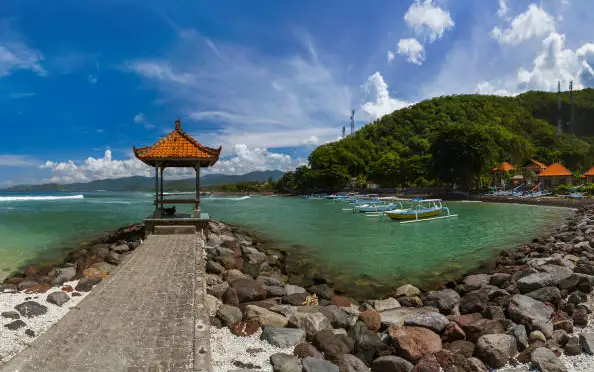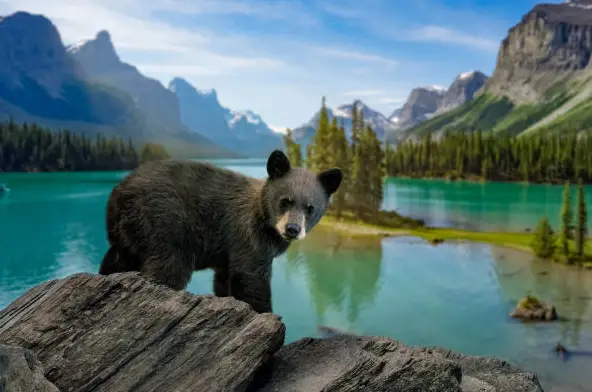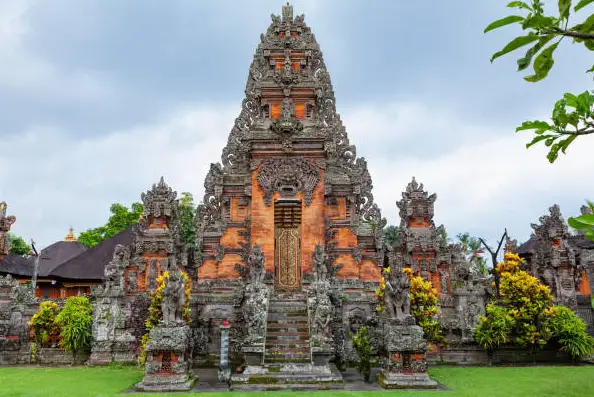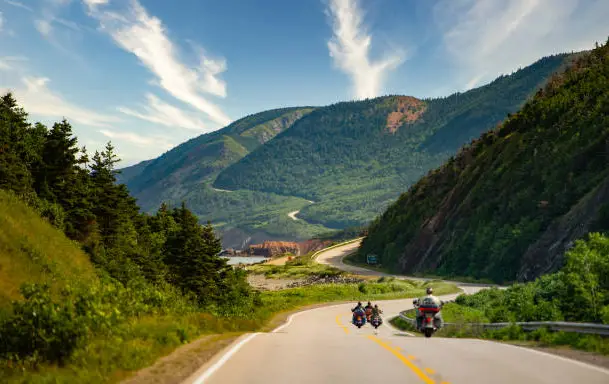What are the typical customs and rituals at an Indian wedding?
Post ByAdequate Travel
Summary
Indian weddings are known for their vibrant culture, rituals and customs that have been passed down through generations. From colorful saris to the exchanging of garlands, this blog will provide an insight into the fascinating traditional customs and rituals associated with an Indian wedding. While planning your trip, take note of any travel restrictions that may impact your itinerary, such as limited access to certain regions or attractions.Typical Customs and Rituals at an Indian Wedding
1. Pre-Wedding Rituals:
These rituals take place before the actual wedding ceremony and involve various traditional practices such as:
- Roka Ceremony: This is an official announcement of the wedding and marks the beginning of the wedding preparations.
- Mehendi Ceremony: The bride's hands and feet are adorned with intricate henna designs, often symbolizing love and fertility.
- Sangeet Ceremony: It involves music, dance, and performances by family and friends to celebrate the union of the couple.
2. Wedding Ceremony:
The wedding ceremony itself is a rich and symbolic affair, often lasting several hours. Some prominent customs and rituals during this stage include:
- Vara Yatra: The groom, accompanied by his family and friends, arrives at the wedding venue in a grand procession.
- Jaimala: The bride and groom exchange floral garlands as a symbol of acceptance and respect for each other.
- Phere: The couple takes rounds around the holy fire, known as the 'seven pheras,' while making sacred vows to each other.
- Sindoor Daan: The groom applies vermilion powder (sindoor) on the bride's hair parting, marking her as a married woman.
- Mangalsutra Ceremony: The groom ties a sacred black and gold necklace around the bride's neck to signify their marital bond.
3. Post-Wedding Rituals:
These rituals occur after the wedding ceremony, symbolizing the beginning of the couple's new life together. Some examples include:
- Reception: A formal gathering is held where family and friends celebrate the newlyweds through a dinner, music, and dance.
- Griha Pravesh: The bride is welcomed at her new home with various traditional rituals and blessings from the groom's family.
- Mooh Dikhai: The bride unveils her face to the groom's family, who give her gifts and blessings on this occasion.
4. Regional and Cultural Variations:
It's important to note that India is a diverse country with numerous cultural and regional variations in wedding customs. Different regions may have specific rituals unique to their traditions and beliefs, adding further richness to the wedding celebrations.
The place is known for its rich history and culture, welcomes tourists with open arms. However, be sure to review the travel advisory and travel warnings to ensure a safe and enjoyable experience.Suggested Questions
- GP Block, Meerut, Uttar Pradesh: Horror Story, History & Paranomial Activities
- Bhangarh Fort, Rajasthan: Horror Story, History & Paranomial Activities
- Kuldhara Village, Rajasthan: Horror Story, History & Paranomial Activities
- Tunnel No. 33, Shimla, Himachal Pradesh: Horror Story, History & Paranomial Activities
- Dow Hill, West Bengal: Horror Story, History & Paranomial Activities
- Kuldhara Village, Rajasthan: Horror Story, History & Paranomial Activities







